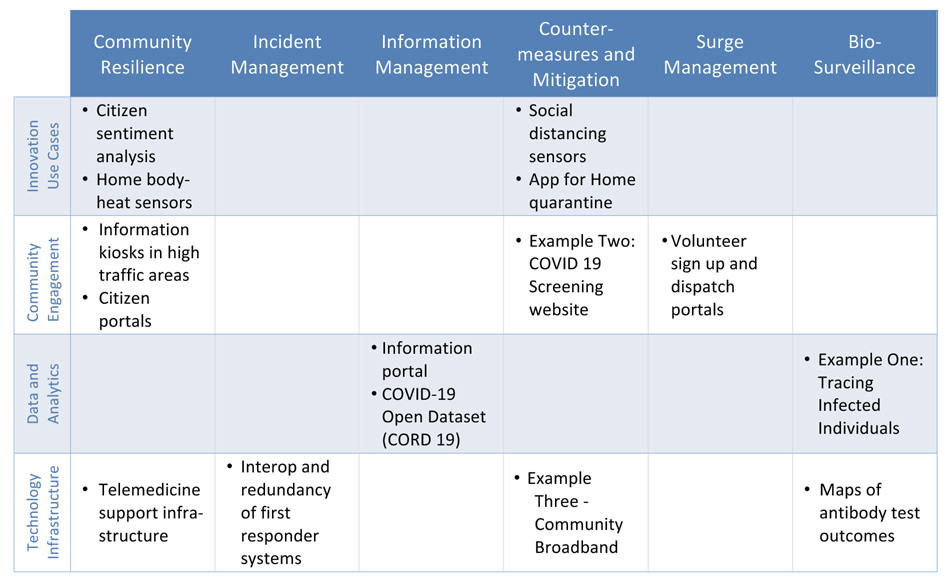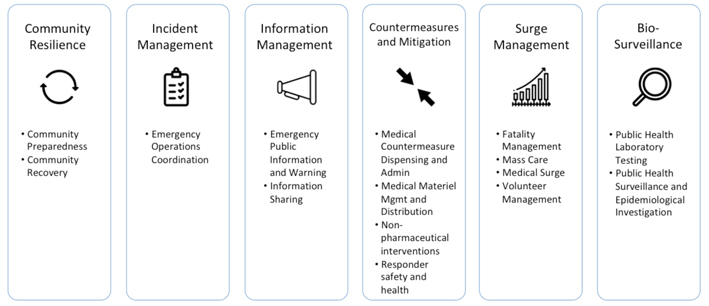Bingo! How IoT firms can join the Covid-19 fight
- April 23, 2020
- Steve Rogerson
IMC executive editor Steve Rogerson reports from this week’s IMC Industrial IoT Online Summit on how the industry can help during this global crisis.
Not that long ago, words and phrases such as coronavirus, Covid-19 and social distancing were not in our vocabularies. Now, my inbox is full of them.
I am still probably getting the same amount of press releases as I used to, but a high percentage of them are about the global pandemic and, encouragingly, there are a lot telling how technology companies are doing their bit to tackle the problem, such as turning their factories over to manufacturing protection equipment, for example.

What I find more interesting is how some companies are applying their core technology to the virus, and there have been some high-profile examples in the IoT world. Only in the last week or so, we have seen Apple and Google getting into bed together to develop contact tracing (another new phrase) and Fitbit is working with research institutes to find a way wearables can help track the virus.
But for many companies the problem is not that they don’t want to help but they don’t know how they can help. Step forward US consultancy Strategy of Things. It has been studying the progress of the disease and how counter-measures are likely to develop, and has come up with a clever chart to act as a starting point for those looking to help.
Co-founders Benson Chan and Renil Paramel explained how this works at this week’s Industrial IoT Online Summit, organised by the IoT M2M Council (IMC).
They have worked out the different stages that the fight against the virus will take and what responses will be needed, and then looked at the technology areas that IoT companies work in and come up with a chart that they describe as a bingo card. The picture above shows an example of the bingo card with some of the squares filled in to give you an idea of the types of areas where our industry can help.
What they did first was work out the four stages the fight against the virus will follow, and for those like me hoping for a quick end, this was quite depressing.
We are in stage one, the state of emergency with everything shut down. Stage two, in about two months, will see things easing up but there will still be serious social distancing measures. However, hopefully there will be some safe public spaces, more people will be back at work and the kids will be at school. This is likely to last for 12 to 18 months until we have a vaccine and some six to nine months after that before we return to a new normal.
During this time, there are six areas, or domains, where a response will be needed – that’s the line across the top of the bingo card. The picture below puts a bit more meat on them.

Benson Chan said at that summit that technology would play an important role in our response to these and said that many technology companies were “excited” at the prospect of applying their knowledge and resources to this. He believes that it should be possible to fill all 24 squares on the bingo card.
Renil Paramel went into more detail. Examples include telehealth that can help with data collection, remote diagnosis and cures. Asset tracking can monitor the response in different areas, ensuring that equipment and personnel are where they are most needed.
In public areas, cameras and sensors can be used to pinpoint people with fevers. Touchless entry can be deployed on public toilets, doors and elevators. Autonomous robots can carry out sanitising and cleaning. Occupancy sensors can monitor in-building use and make sure social distancing measures are in place. Equipment can be remotely monitored.
All of these are bread and butter for IoT companies, all of these are or will be required. The world needs you, so get out your pencils and start filling in that bingo card.





